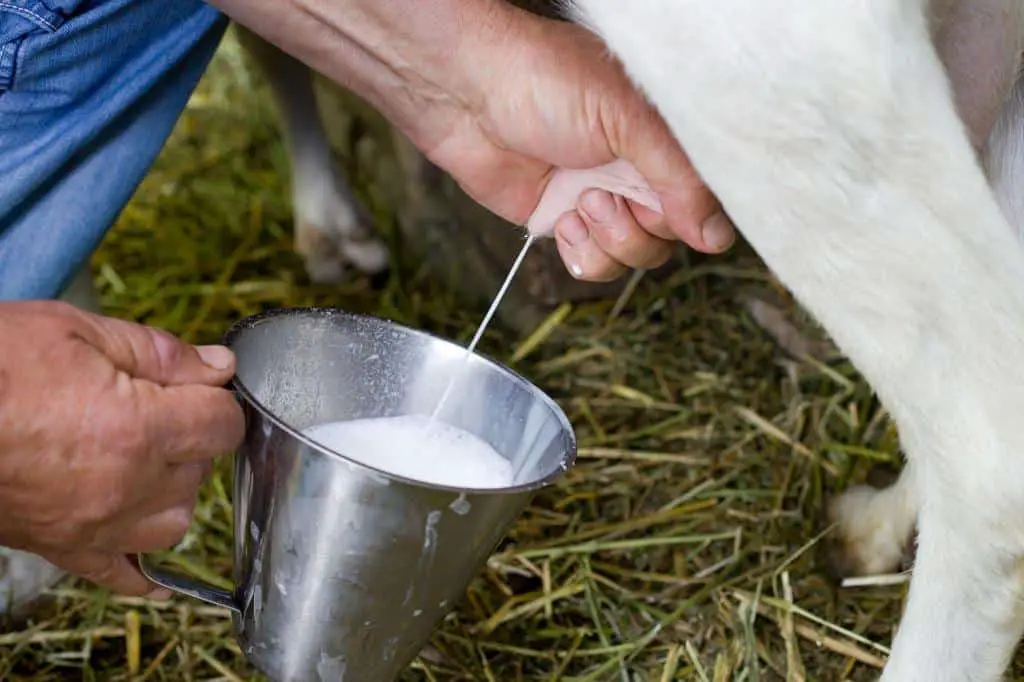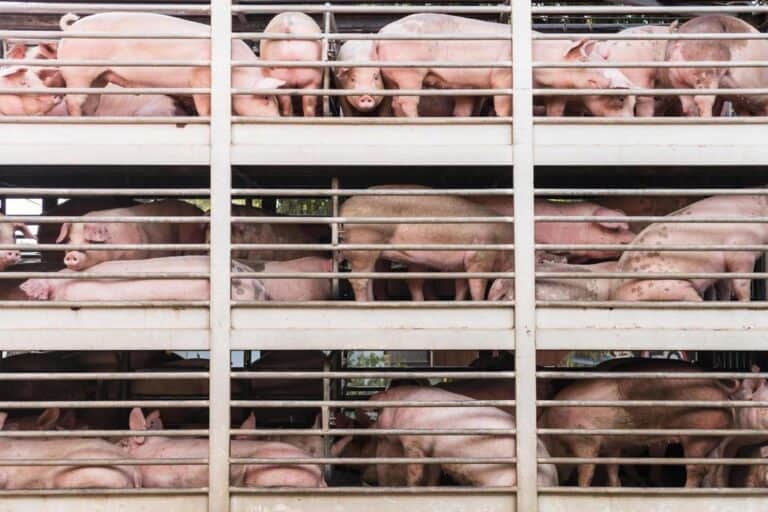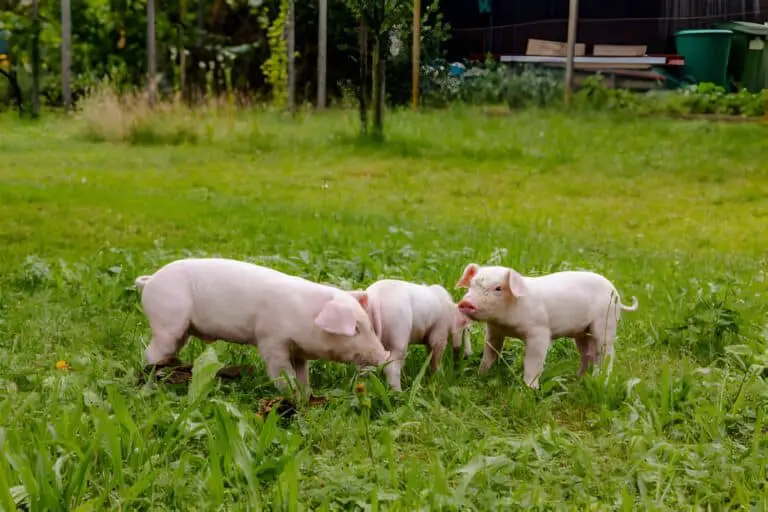Sanitation and Grading of Milk: Safety and Quality of Dairy Products

When we pour a glass of milk or enjoy a bowl of creamy ice cream, we often take for granted the journey that this beloved dairy product has undergone to reach our tables. Behind every carton or tub lies a complex process. It involves the care and feeding of cows, rigorous safety checks, and quality control measures.
Sanitation is crucial. It can’t be overlooked. It’s the invisible hero that ensures the milk we consume is safe and free from harmful bacteria or contaminants.
Sanitation in milk production is paramount. It directly impacts both consumers’ health and the reputation of dairy products. Poor sanitation practices can cause foodborne illnesses and product recalls. This can result in financial losses for producers and shake consumer confidence.
But why does something so fundamental require constant vigilance? New challenges, such as evolving pathogens or novel contaminants, require us to adapt our approaches. It is in everyone’s best interest to prioritize cleanliness at every stage. This safeguards both human health and industry integrity. This includes farmers, processors, and regulators.
In this article, we will explore how proper sanitation procedures play an indispensable role in maintaining milk safety. We will also shed light on grading systems designed to ensure high-quality dairy products. We’ll uncover why these practices are not optional extras but essential steps. They earn your trust in what you pour into your cereal bowl each morning. Whether you’re savoring its taste alone or serving it up with adorable latte art on top,!
Let us embark on an enlightening journey through dairies. Modern science combines with timeless tradition to guarantee safe drinks from wholesome cows grazing lush pastures.
Sanitation Practices at Dairy Farms

Maintaining strict sanitation practices at dairy farms is a crucial step in ensuring the safety and quality of milk. Farmers adhere to rigorous cleaning protocols to prevent contamination during the milking process.
These strict sanitation practices directly improve product quality. They also make dairy products safer for consumers worldwide.
1. Cleanliness of Milking Equipment
Milking machines and equipment must be thoroughly cleaned and sanitized before each milking session. Any residual milk, bacteria, or foreign particles can compromise the quality of the milk.
After each milking session, promptly disassemble all milking equipment. Wash the equipment with hot water to remove any residual milk or debris. Proper detergents are used to effectively sanitize surfaces and eliminate bacteria.
2. Hygienic Milking Practices
Proper hygiene during the milking process is crucial. This includes ensuring that the udders of the dairy animals are clean. The milking process must be conducted in a controlled and sanitary environment.
3. Health of Dairy Animals
Regular veterinary check-ups, vaccinations, and a balanced diet contribute to the overall health of dairy animals. Healthy cows produce high-quality milk for free. Additionally, regular inspections are conducted to identify potential areas of concern. These areas may require additional attention or repairs.
Transportation Standards: Ensuring the Safety of Raw Milk
The journey from farm to factory is a critical stage in milk production. Proper transportation standards play a crucial role in ensuring the safety and quality of raw milk. Maintaining optimal conditions during transit helps minimize potential risks associated with improper handling and storage. This safeguards the integrity of the product.
One key aspect of transportation standards is maintaining appropriate temperature control. Raw milk should be transported at temperatures below 45°F (7°C) to slow down bacterial growth and preserve freshness.
This requires well-maintained refrigerated trucks equipped with accurate temperature monitoring systems. Regular inspections and calibration checks are vital. They avoid fluctuations that could compromise the safety of the dairy products.
Another consideration when it comes to transporting raw milk is preventing cross-contamination. This can happen during loading, unloading, or accidental spills. All transport containers must be thoroughly cleaned and sanitized prior to use, as any residues can contaminate subsequent batches of milk.
Both drivers and handlers should practice proper hygiene. This includes using gloves or clean utensils. It’s fundamental for minimizing the risk of pathogen transfer.
Processing Facilities’ Role in Sanitation
Ensuring the safety and quality of dairy products starts at the processing facilities. These facilities play a critical role in maintaining high standards through efficient cleaning and disinfection methods. Proper sanitation procedures are essential to eliminating harmful bacteria, viruses, and other pathogens that can contaminate milk.
To begin with, processing facilities must have clearly defined sanitization protocols in place. These facilities play a critical role in maintaining high standards. They do this through efficient cleaning and disinfection methods. Staff members should be trained on these protocols to ensure consistency and adherence to best practices.
Chemical sanitizers are a common practice in processing facilities. These substances are carefully selected to effectively kill microorganisms. They are also safe for human consumption when residual amounts may remain on equipment surfaces after cleaning.
The type of sanitizer used will depend on the specific needs of each facility. Generally, it includes chlorine-based or iodine-based solutions.
Thorough mechanical cleaning is also vital for maintaining sanitary conditions in processing facilities. In addition, chemical sanitizers are important. Equipment such as stainless steel tanks, pipelines, pumps, and valves must be disassembled regularly for deep cleaning using hot water or steam under pressure.
This process helps remove any leftover residue from previous batches while preventing cross-contamination between different dairy products.
Importance of Milk Grading Systems
Grading systems play a crucial role in the dairy industry. They assess milk quality and ensure it meets specific standards for dairy products. These systems are designed to evaluate milk based on factors such as flavor, smell, appearance, bacterial content, and composition.
By categorizing milk into different grades or categories, grading systems help farmers, processors, distributors, and ultimately consumers make informed decisions about the suitability of milk for various uses.
The purpose of these grading systems is twofold: to ensure safety and to maintain quality. Milk can be graded as either Grade A or Grade B based on the results of rigorous testing conducted at each stage of production, from farm to processing plant.
Grade A milk is considered safe for direct consumption without any further treatment. It undergoes more stringent testing requirements than Grade B milk, which is typically used for manufacturing products like cheese or yogurt, where it will undergo additional processing steps.
| Also see: Dairy Farming vs. Animal Husbandry |
USDA and Milk Grading Regulatory Oversight
To ensure the safety and quality of milk and milk products, regulatory bodies like the United States Department of Agriculture (USDA) and state departments of agriculture play a pivotal role. These agencies oversee regulations for milk and milk products. They regulate both interstate and intrastate commerce.
Grades for milk are primarily based on bacterial counts, and they signify the quality and safety of the product. Here’s a brief overview:
- Grade “A” Milk: This is the highest quality and is available to consumers for sale as fluid milk. It adheres to strict bacterial count standards.
- Grade “B” and “C” Milk: These grades have slightly higher bacterial counts but are still considered safe and wholesome for various dairy products.
- US Extra and US Standard: These grades are designated for dried milk products, with quality standards specific to the drying process.
USDA official grades are assigned to all inspected milk on a voluntary fee-for-service basis. This system ensures transparency and accountability in the industry.
USDA Milk Grades:
| Grade | Bacterial Count (cfu/ml) |
| Grade “A” | Low |
| Grade “B” | Moderate |
| Grade “C” | Higher |
| US Extra | Specific to dried milk |
| US Standard | Specific to dried milk |
Regulatory Standards and Oversight
Government agencies and industry organizations play a crucial role in ensuring the safety and quality of milk. They do this by implementing stringent regulatory standards. These standards are designed to protect consumers by establishing guidelines for hygiene, packaging, labeling, transportation, and more.
In many countries, regulatory bodies oversee milk production processes. For example, the Food and Drug Administration (FDA) in the United States and the European Food Safety Authority (EFSA) in Europe oversee the entire process from farm to table. They set specific guidelines for cleanliness measures on dairy farms. The guidelines include proper sanitation procedures for milking equipment, animal health practices, and waste management protocols.
These agencies also conduct regular inspections to ensure that these standards are being followed. Inspectors visit dairy farms, processing plants, storage facilities, and retail outlets to verify compliance with regulations. They may collect samples for laboratory testing to check for microbial contamination or chemical residues that could potentially harm consumer health.
Industry organizations contribute to milk safety by setting voluntary standards. These standards go above and beyond government regulations. These organizations work closely with farmers, processors, distributors, retailers, and other stakeholders along the supply chain to establish best practices based on scientific evidence.
These industry organizations collaborate with stakeholders and utilize their expertise. They continually adapt their recommendations to address emerging issues or concerns related to food safety.
Consumer Tips for Assessing Milk Safety and Quality
When it comes to purchasing milk, consumers need to be aware of certain factors that can help them assess the safety and quality of the product they are buying. Here are some guidelines to consider:
1. Check the expiration date
Always look for the expiration date or best by date on milk containers. Consuming expired milk can pose health risks due to bacterial growth. If the date is near or has passed, it’s best to choose another option.
2. Inspect the packaging
Examine the integrity of the packaging before making a purchase. Check plastic bottles and cartons for leaks, cracks, or bulges. These may indicate contamination or spoilage.
3. Look for cleanliness seals
Some dairy brands go above and beyond to ensure product safety. They include additional cleanliness seals on their packaging, such as tamper-evident caps or sleeves. These indicators provide consumers with an extra layer of confidence in knowing that their milk has not been tampered with.
4. Consider purchasing pasteurized milk
Pasteurization is a process that involves heating milk at a specific temperature for a certain period of time to kill harmful bacteria while retaining its nutritional value. Opting for pasteurized milk reduces your risk of consuming pathogens and ensures safer consumption.
| Related: Milk Fed Pumpkins: Do Pumpkins Grow Bigger When Fed Milk? |
Conclusion: The Crucial Role of Sanitation in Dairy Product Safety and Quality
Sanitation practices are not to be taken lightly in the dairy industry. Proper hygiene is critical for milk and its derived products. It plays a key role from the farm to processing facilities in ensuring safety and quality. As consumers become more aware of food safety, it is essential to implement strong sanitation protocols at every stage of production.
Key Takeaways:
1. Prevention is better than cure: Proper sanitation practices aim to prevent contamination rather than relying on corrective measures after an issue arises. Regular cleaning and disinfection of equipment, surfaces, and utensils help eliminate harmful bacteria. These bacteria can compromise milk quality or lead to health risks.
2. The power of a clean environment: Maintaining cleanliness on dairy farms goes beyond just milking cows or storing milk properly. It involves keeping the entire production area free from pathogens. This is done by following strict standards for washing equipment, maintaining proper waste management systems, and practicing good personal hygiene among workers.
3. A grading system you can trust: Grading plays an important role in evaluating the safety and quality of milk from farm to table. Regulatory bodies enforce stringent criteria. They base them on factors like bacterial counts, somatic cell count (to assess udder health), composition (e.g., fat content), and absence of antibiotics or chemical residues.
Dairy producers prioritize sanitation practices at all stages, from animal care to processing. This ensures that their products meet high-quality standards and safeguard consumer health. So next time you pour yourself a glass of milk or enjoy some yogurt, remember that careful attention to cleanliness is behind its purity. It happens every step along the way!
As consumers, it’s essential to be aware of these measures. When purchasing milk, look for appropriate grade designations. The next time you pour a glass of milk, you can do so with confidence. The dairy industry is dedicated to delivering a product that’s not only delicious but also safe for you and your family.






